|
February 11, 2017. The Parkdale Orchestra plays Jan Bach's "Concerto for SteelPan and Orchestra", with Jean-Sebastien Lacombe as soloist. This is the 1st movement, titled "Reflections'.
1 Comment
Mandela it is! . . . Trinidadian claims coveted Commonwealth Caribbean Rhodes Scholarship11/27/2017  Mandela Patrick, a 22-year-old Computer Science major from Trinidad and Tobago, is the winner of the 2018 Commonwealth Caribbean Rhodes Scholarship. He was chosen today from a field of nine candidates from Barbados, Dominica, St Lucia, Antigua and Barbuda and The Bahamas. Mandela, who did his Bachelor’s degree in Computer Science at the prestigious Harvard University in the United States, and completed internships at Facebook and Goldman Sachs, said he was “really excited about having won the scholarship. “It is a wonderful experience. I have always had the biggest dreams and I have been dreaming about this for the longest while,” he said. He stated his biggest challenge at university was time management, since “I was a varsity squash player and computer science major and I had big time commitments in both disciplines. I had to learn time management skills and craft them and take them to the highest level. “I would advise anyone who aspires to this award that it’s all about hard work. You have to set your goal and do whatever it takes to get that goal.” Secretary of the Selection Committee for the Commonwealth Caribbean Rhodes Scholarship, which is chaired by Barbados’ Acting Governor General Sir Philip Greaves, said this year’s selection process was very challenging based on the calibre of the students. “There was a particularly strong field in Jamaica this year, and I made the comment that every candidate could have been awarded a scholarship, and the same was true of the candidates today, and what made it harder is that we could only choose one winner. There was a time when we awarded two Commonwealth Caribbean scholarships, but it was cut down to one in the early 2000s when we were facing financial difficulties. We are always hoping that the extra scholarship can be restored because there are some extremely bright kids in the Caribbean we would like to see go onto Oxford and make us proud.” The candidates applied for the scholarships online, after which nine were shortlisted, and then invited to Barbados for a series of interviews with the six-member Scholarship Committee at Government House, after which the winner was chosen. The other candidates were Tara Spencer from Antigua; Sapphire Vital from Dominica; Zia Barnard from St Lucia; Toby McCarroll from the Bahamas; Kirin Rambaran from Trinidad; and Dominique Lovell, Nia Brathwaite and Darin Clarke from Barbados. Mandela will be studying Computer Science and Statistics when he goes onto Oxford University in September of 2018. He described his overall goal as “transforming the Caribbean through technology, especially in the education sector.” Source: Barbados Today  If you've attended caribbean events in the city, you have no doubt seen and tried foods from Baccanalle, from our own Trini chef Resa Solomon-St. Lewis. I am happy to say that Resa has now opened a little café in Ottawa east, and unbeknownst to her, her little cafe was reviewed by an esteemed Food Critic, Food Writer (incl. Ottawa Citizen) and Competition Judge (Gold Medal Plates). If you would like to read more about it, click on the link here Resa makes some specialty sandwiches with Coconut Toast Bake and the cafe features Caribbean on Fridays! Let us support her in her new venture. I know that I will be venturing out to Baccanalle in the next couple of weeks to check out the food and to buy some of her Cranberry/Sorrel Compote. Good choice for vegan and gluten-free dishes Open 8 a.m. to 3 p.m., Monday to Friday 595 Montreal Road, unit 106, 613-859-6297 You can also follow Baccanalle on Facebook. It's made of glass, two nipples were added to the ends and there are tablespoon and ounces measurement markers. This from a vintage era, the fifties ...... most likely. Source: Virtual Museum of TT
By Angelo Bissessarsingh, Historian and Author (2014) Old map showing the proximity of Trinidad to the Orinoco Delta Sketchy school textbooks have taught generations of Caribbean children numerous myths about the region’s First Peoples such as the conflicts between the savage Caribs and peaceful Arawaks when in reality, there were many different cultures and languages. Around eight thousand years ago, a small band of Neolithic peoples crossed a narrow land bridge from the continental mainland of South America into Trinidad. They carried little, save perhaps a few treasured ceremonial artefacts made of greenstone that had been quarried from the misty heights of the Roraima Mountains. In the south-western part of Trinidad they founded two settlements on the fringe of a mangrove swamp which provided all the necessities of life Banwari Man, the oldest human remains in the Caribbean. These peoples were hunter-gatherers and lived off the bounty of nature- from the roots of the mangrove they plucked oysters whose discarded shells formed a great refuse heap that over a millennia of unchanged habitation grew to be a hill almost twenty feet high. The fruits of the wild and the starchy bulbs of water plants were their vegetables, pounded and processed with simple stone tools. Small land mammals were hunted for meat with bone-tipped spears. Bone was also used to make bi-pointed fishhooks. Crude stone axes felled small trees which were used to make round huts. Cut off from the mainland by rising sea levels. This wave of hunter-gatherers eventually developed the technology to manufacture dugout canoes and may have reached Tobago. Their remains have recently been discovered in Barbados as well, but their presence in Trinidad makes this island the oldest inhabited place in the Caribbean. In the 1960s and 70s the shell mound , located in what was by then known as Banwari Trace in the sleepy village of San Francique, was excavated by the late Peter O’Brien Harris and yielded the remains of Trinidad’s oldest ‘resident’. Banwari Man (or woman) is a human skeleton approximately five thousand years old that was found buried in a foetal position. A tenuous cultural and anthropological connection has been established between Banwari Man and the present-day Warao First Peoples of the Orinoco Delta in Venezuela. It is now housed at the University of the West Indies Zoology Museum at St. Augustine. Persons wishing to view the skeleton and interesting specimen collection can contact curator Mike Rutherford at 1 (868) 662-2002 ext. 82231. In the wake of the archaic hunter-gatherers came waves of pottery-making cultures beginning in 250 B.C A man from the Warao people of the Orinoco Delta (1897). The Warao are believed to be related to the neolithic hunter-gatherers who inhabited Trinidad over 8,000 years ago These were peoples from the Orinoco Delta and their ceramics were durable and highly decorated. The adornments were fanciful heads and shapes in clay which anthropologists have identified as an intense theological phenomenon rooted in religious practices that deified zoomorphic (animal) and anthropomorphic (human) spirits. The earliest pottery cultures are known as Saladoid because the ceramic style was first classified at Saladero in Venezuela. Later movements of first peoples came to Trinidad and brought with them new agriculture, lithics (stone-tool tech), and ceramics. Their refuse heaps or kitchen middens can be found throughout the island and several are very extensive indeed. One such discovery was recently made under the foundations of the Red House in Port-of-Spain which was erected in 1848 and until its recent renovation began, housed the Parliament of Trinidad and Tobago. The find included potsherds and human remains. Up until the 1930s, Warao peoples (seen here in 1912) from the Orinoco Delta visited coastal towns in Trinidad to trade parrots, hammocks and wild game for clothes and other merchandise.  Although Columbus stumbled upon the island in 1498, the waning of the Amerindian presence in Trinidad came in the wake of the first permanent Spaniard settlement at San Jose de Oruna (St. Joseph) in 1592. Those natives not killed off by disease or overwork were herded into small villages called Encomiendas which were little more than serfdoms under the control of a Spanish grandee. The alternative from 1687 was residence in one of the several missions established by Capuchin monks which were only mildly preferable to the Encomiendas. An uprising at the mission of San Francisco de los Arenales (near present-day San Rafael village) saw the Amerindians slaying three priests before being pursued and brutally punished. The missions were really the end of Amerindian culture since they adapted into the Spaniard mode of existence. The missions lasted after the British conquest of 1797 and were dissolved in 1840. The mission villages became desolate and the people in them resigned to their fate. In 1825 a rare diary entry gave a glimpse of what they had become: “They seem to be the identical race of people whose forefather Columbus discovered, and the Spaniards worked to death in Hispaniola. They are short in stature, (none that I saw exceeding five feet and six inches,) yellow in complexion, their eyes dark, their hair long, lank, and glossy as a raven's wing ; they have a remarkable space between the nostrils and the upper lip, and a breadth and massiveness between the shoulders that would do credit to the Farnese Hercules.  A large stone axe discovered at Cedros in 2011 (Angelo Bissessarsingh Collection) A clay zoomorphic artifact dated to an age of around 1500 years that was found at Erin Bay in 2009 (Angelo Bissessarsingh Collection) Their hands and feet, however, are small-boned and delicately shaped. Nothing seems to affect themlike other men ; neither joy nor sorrow, anger nor curiosity, take any hold of them. Both mind and body are drenched in the deepest apathy; the children lie quietly on their mothers' bosoms; silence is in their dwellings.” Arima was the largest and still retains vestiges of its past as well as a vibrant First Peoples group, the Santa Rosa Carib Community which dedicates itself to the preservation of native culture and championing indigenous affairs. Annaparima (San Fernando Hill) is a sacred site and is now visited annually by First Peoples including the Warao of the Orinoco Delta who perform religious ceremonies there. A slow but sure interest in the truths of our first settlers is now firmly rooted and hopefully will continue to grow. Cassava bread was an essential part of indigenous diets in the West Indies. It is still made at the Santa Rosa Carib Community in Arima . This 19th century engraving shows the discs of bread hung out to dry after which it can be stored for months.
by Rudolph Bissessarsingh Often the language of our European colonisers distort the truth of reality. When Columbus discovered the New World in 1492, the indigenous people were labelled Indians because he thought he had reached the East Indies by sailing west. The numerous tribes that were found in the islands of the Caribbean and the continent of South America in short time lost their distinctive individualities under the label of Amerindians. Even up to today, very little serious anthropological research has been done and the historical genocide of many of the first peoples have erased their record of existence. All writers of the time however, testify to their intrepid spirit and their courage, sensitivity to nature and their hospitality. Their independence and love of liberty were equally marked. The myth of the languid and apathetic indian was never subscribed to by those who had first knowledge of them. Richard Schomburgk described in 1841 the Indians as a passionate race, vain, proud and ambitious with an intense love for family. The Arawaks called themselves Lokono. The Caribs called themselves Carinya and the Akawois, Kapohn all meaning the People. It was written in 1841 that their pride was softened by their sense of humour and they indulged in practical jokes and gave nicknames to each other and foreign invaders. The tragedy of many first peoples were that they fell to the addiction of alcohol given freely to them by the colonisers for services rendered. Richard Schomburgk observed that it was “an uncontrollable passion in the Caribs.” It became the tool of demoralization and genocide more than the gun. Studies in Guyana where many of the Caribbean first peoples sought refuge list these other tribes. The Akawoi, the Wai Wai, the Warrau, the Maiongkongs, Maopityans, Drios and Pianoghottos. Many of these tribes were never assimilated but became extinct. Their legacies however remain. The Warraus became noted as canoe builders. Another incorrect word was Caribisi. It was an Arawak word meaning 'Caribs live there'. Another explorer noted that the tribes of the True Carib Akawaoi, Macusi and Arecuna were the true names of the indigenous tribes. First people's museum at Santa Rosa, ArimaW.H. Brett in his book 'The Indian Tribes' described the Caribs, 'the cloth which is worn by the Caribi men was secured around their loins by a cord and is of sufficient length to form a scarf. The coronal of feathers is sometimes worn around the head. The head is usually adorned by a large daub of arnotto and the forehead and cheeks are painted in the same vermillion colour. This makes them look ferocious.' “The women's dress was merely a narrow strip of blue cloth and their bodies were smeared red with the arnotto. Some painted blue spots on their bodies. They wore a tight strip of red cotton around the knee and ankle. This is called 'sapuru'. The most singular part of their appearance is the piercing of their lower lip adorned with either pins of thorns poking downwards. They have the ability to weave cotton cloth and have the technology of the spindle.” (1843)
There is still much to be written of these first peoples and much credit has to be given to that small group that survive in Arima' Ricardo Barath who has struggled to give them their place in the timeline in the history of not only Trinidad and Tobago but the Caribbean region. We salute these descendants of the first peoples.  Healthy eating is a key factor in reducing the occurrences of non-communicable diseases (NCDs) such as diabetes, hypertension and cancer. This habit also contributes to increasing your overall quality of life. While many people struggle with finding healthy alternatives to problematic foods in their diets, one humble root has been rising in popularity with health gurus and culinary experts alike: dasheen. Dasheen is an excellent source of many minerals including iron, magnesium, potassium, zinc, manganese, copper and phosphorus. It also contains healthy doses of vitamins A, C, E and B6, and contains significant amounts of healthy dietary fibre. While most people in Trinidad and Tobago eat them boiled as a side dish, dasheen is incredibly versatile and presents a gluten free and fibre rich alternative to many dishes. The best part is dasheen is tasty, affordable, and can be grown in your own backyard (maybe not in Ottawa though) Here are some proven health benefits of dasheen root, and some ideas for you to incorporate this delicious root vegetable into your diet and live a healthy, nutritious life free of NCDs. Blood sugar managementAn important benefit of dietary fibre is its ability to regulate blood sugar levels and control insulin release. This is especially important in people with diabetes or those at risk of developing type 2 diabetes. A 100 gram serving of dasheen contains around 27 per cent of your recommended daily requirement of fibre. Try it: Dasheen has about 30 percent less fat and more fibre than its cousin, the potato. Try substituting potato for dasheen in dishes like scalloped potato pie or Shepherds’ pie to cut down on fat, but not flavour. Anti-cancer antioxidantsResearchers believe that our risk of developing serious illnesses like cancer can be greatly reduced by eating a healthy diet, ensuring that sufficient natural antioxidants are put into our system to protect our cells from damage. Dasheen contains antioxidants in the form of vitamin A and C, as well as polyphenols. These can neutralise the damaging effect that free radicals have on our cells that may lead to mutations into cancer. Try it: There are many creative ways to include dasheen in your diet, not just in foods, but also in drinks! Boiled dasheen makes a creamy, delicious punch, or even an exotic blended cocktail. Improved heart health A strong, healthy heart is key to avoiding instances of hypertension, heart attack and stroke. Dasheen is high in potassium which helps control the heart beat and also relieves stress and pressure on blood vessels and arteries. Potassium is also necessary for keeping blood pressure in check and reduces the effect of sodium on the body. Try it: Obesity is a huge factor in decreased heart health. Try replacing refined carbohydrates such as white flour with healthy alternatives such as dasheen flour to help manage your weight and have a healthier heart. Dasheen flour tastes delicious in breads, biscuits, and even cakes! (not sure if it is available in Ottawa though - maybe at one of the local Caribbean stores? If you find it in the area, please note the name and location of the store in the comments section below). |
T&T news blogThe intent of this blog is to bring some news from home and other fun items. If you enjoy what you read, please leave us a comment.. Archives
June 2025
Categories
All
|
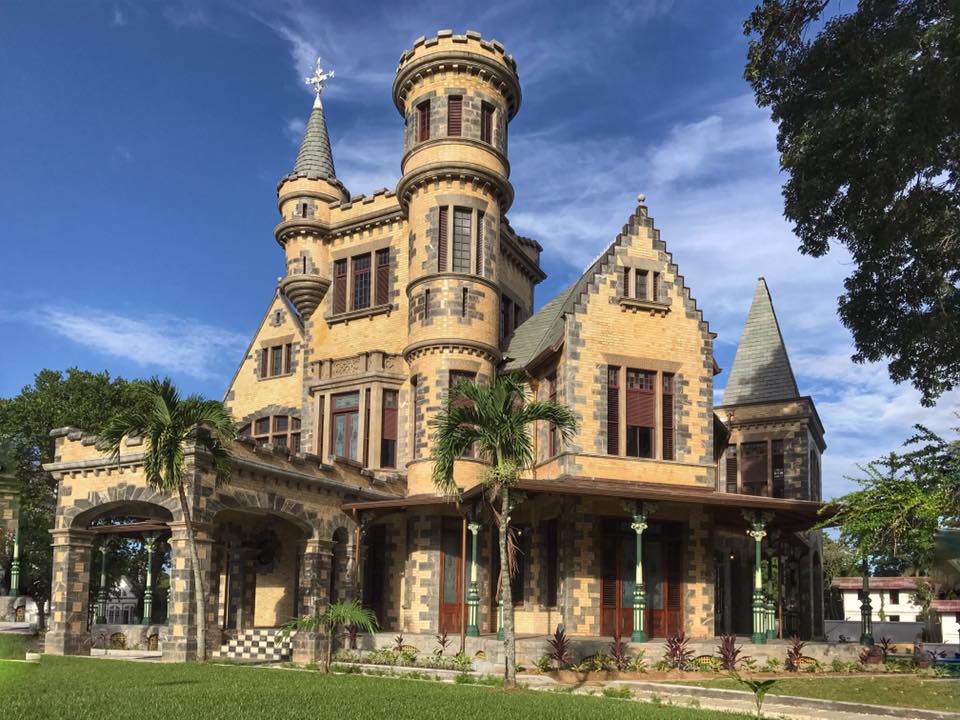



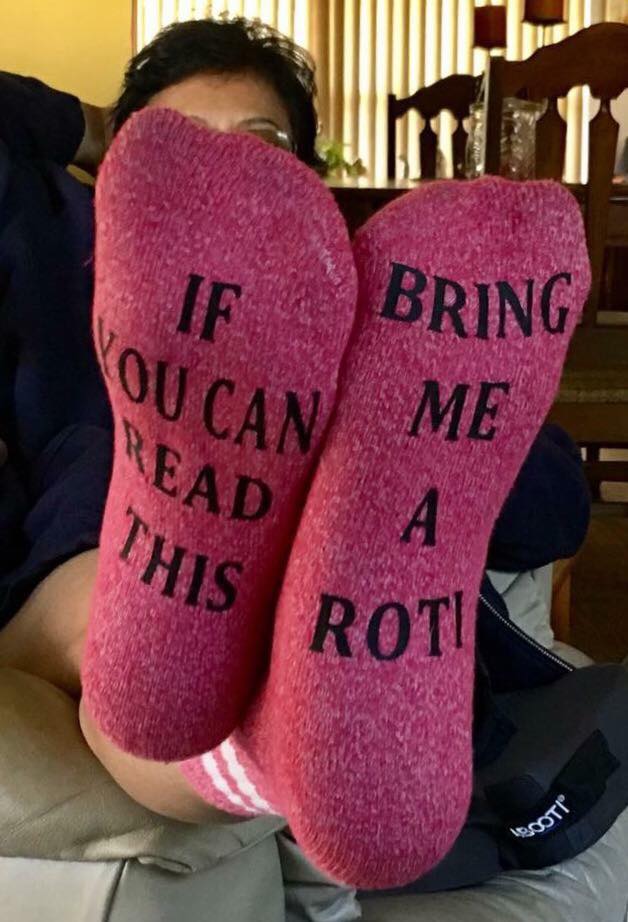


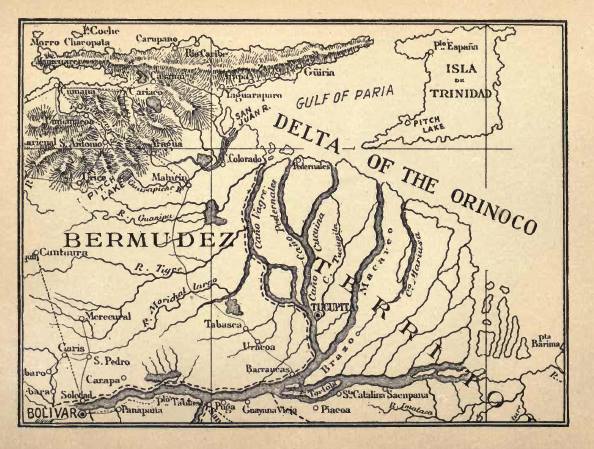
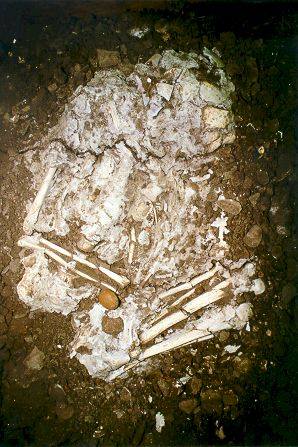

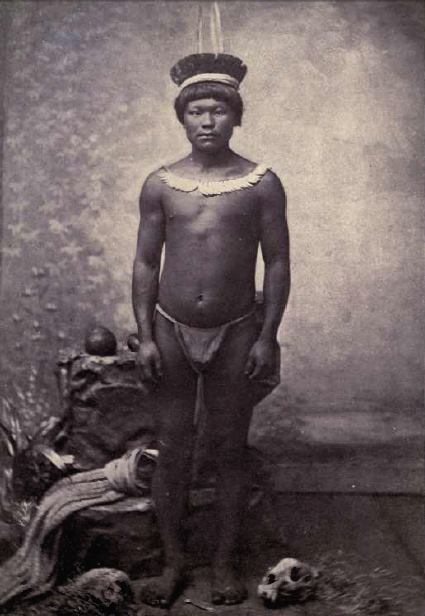
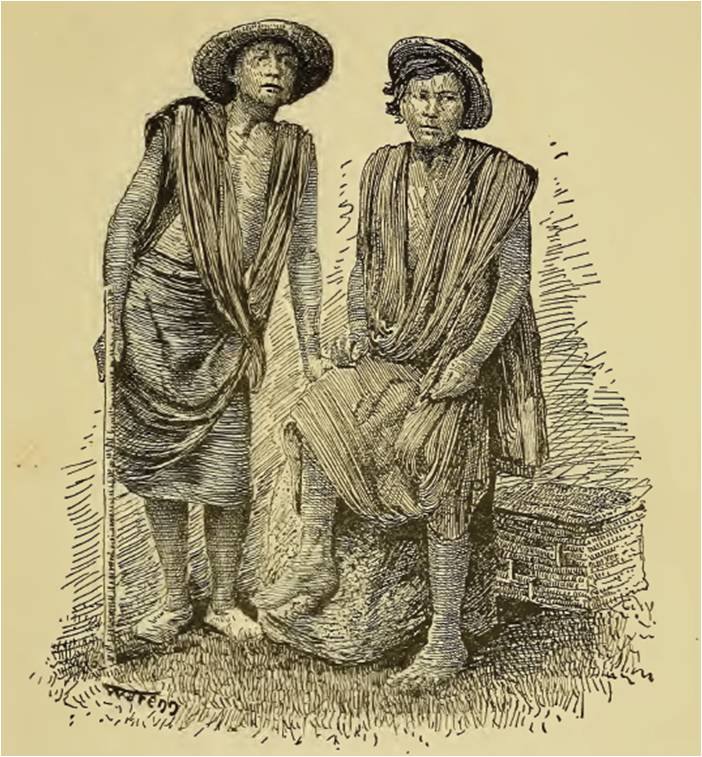
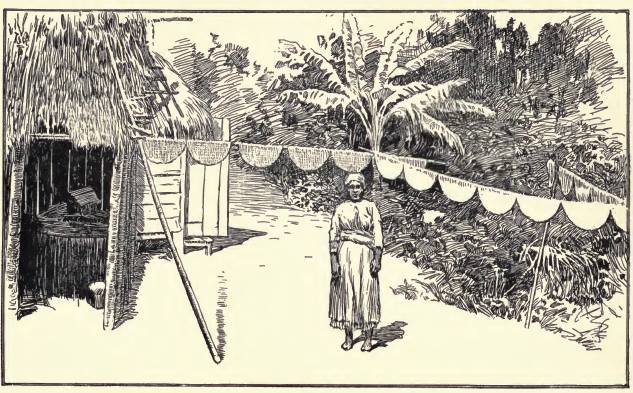



























 RSS Feed
RSS Feed